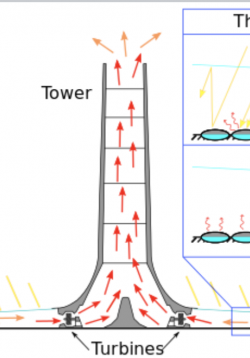Solar Updraft Towers Unit Overview
Students will combine research, direct observations, and hands-on investigation to lead them into an engineering design project involving the construction of a solar updraft tower. During this process, students will make references to specific phenomena...




